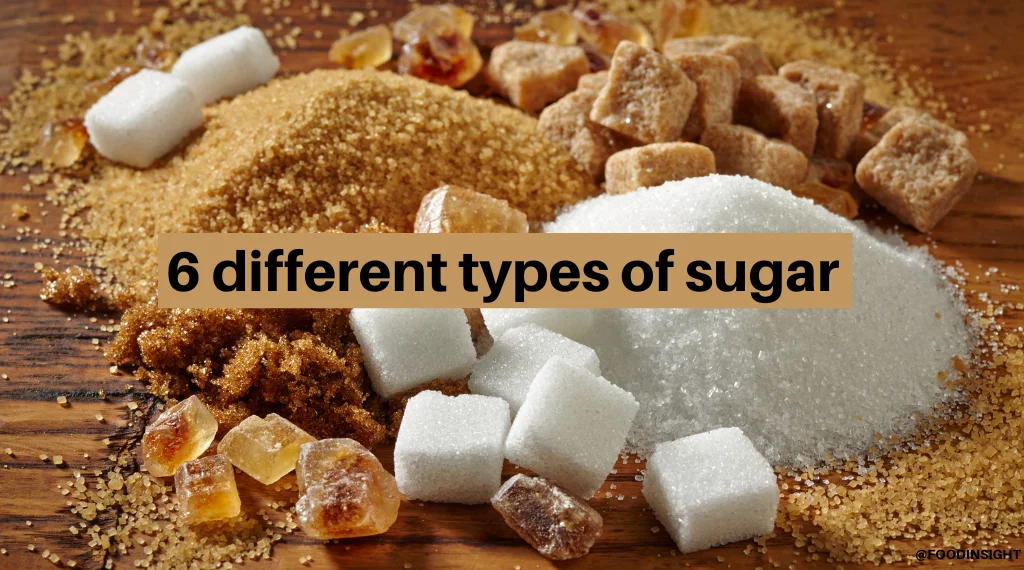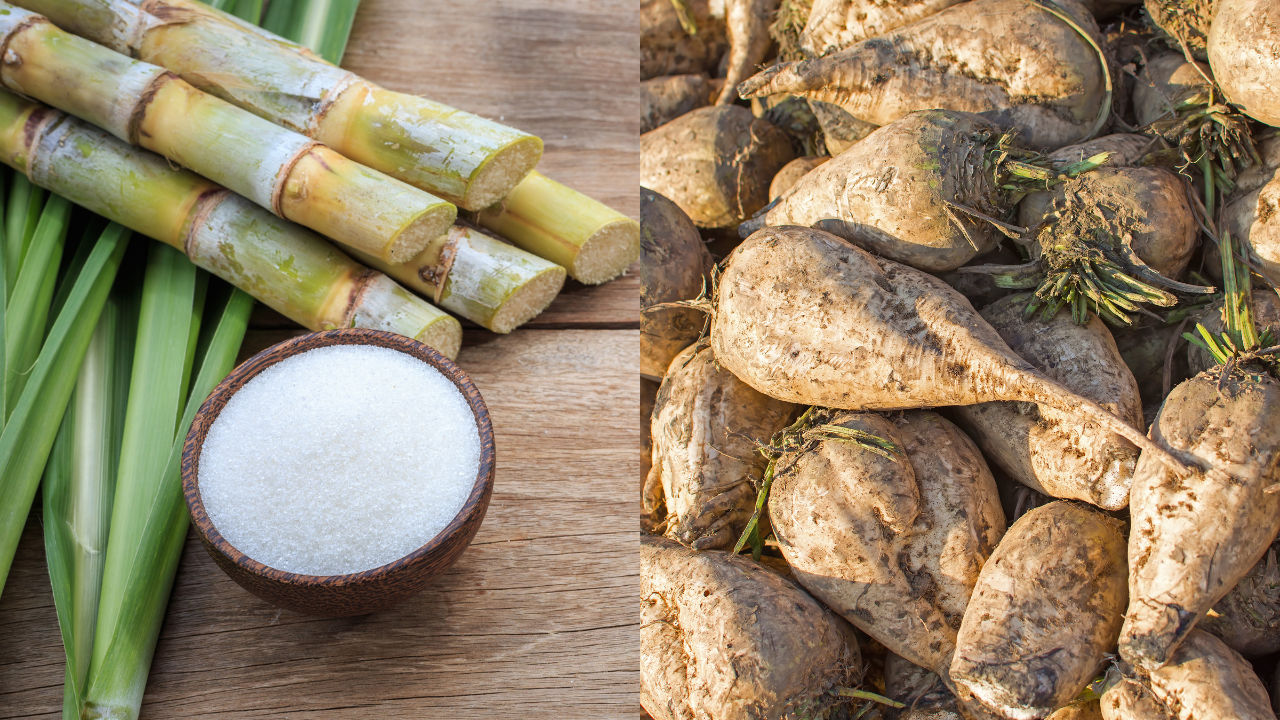Recognizing the Nutritional Benefits of Beetroot Sugar Vs Walking Cane Sugar for Wellness Conscious Consumers
When taking a look at the nutritional implications of beet sugar versus cane sugar, health-conscious consumers discover that both selections mainly include sucrose and deal comparable caloric values, each adding around 16 calories per teaspoon. Despite this similarity, neither type confers considerable health advantages, as they are lacking vital nutrients. Discovering the broader impacts, including environmental factors to consider and lasting health results of sugar intake, might light up more nuanced differences between these two sugars.
Nutritional Profile and Caloric Worth of Beetroot Sugar and Walking Cane Sugar
Although both beet sugar and walking stick sugar are mostly made up of sucrose, their dietary accounts and calorie worths are remarkably similar. Each supplies around 16 calories per tsp and is composed nearly entirely of carbs, with marginal quantities of healthy protein or fat. These sugars also lack significant amounts of vitamins or minerals. The improvement procedure remove most of the fundamental nutrients, making both kinds virtually the same in regards to nourishment. There are trace distinctions in the contaminations that continue to be after handling, which can a little affect the taste and shade of the sugars, yet these are minimal in regards to health and wellness effect. For consumers concentrating on dietary impact, the choice between beetroot and walking cane sugar is extra concerning individual choice or possible ecological issues rather than nutritional distinctions. Both need to be eaten in small amounts within a balanced diet plan because of their high caloric content and absence of essential nutrients (beet sugar vs cane sugar).
Ecological Impact and Sustainability of Sugar Manufacturing
While the dietary differences in between beet sugar and walking cane sugar are very little, their manufacturing processes offer more considerable differences, specifically in terms of ecological impact and sustainability. Walking cane sugar production commonly includes extensive land usage and logging, which contributes to environment destruction and biodiversity loss. This farming is also related to high water consumption and water contamination due to the overflow of chemicals and plant foods. On the other hand, beetroot sugar production typically needs less land and can be cultivated in even more pleasant climates, which may reduce the requirement for watering and the involved water source deficiency.
Nevertheless, beetroot farming is not without its ecological obstacles; it entails significant power inputs, specifically in the north climates where it is expanded, as a result of the need for longer heating durations in sugar processing. Both sugar beet and sugar cane markets are exploring a lot more lasting methods, consisting of crop rotation, natural farming, and improved that site waste management techniques have a peek here to mitigate these influences.
Health And Wellness Consequences and Recommendations for Sugar Intake
In spite of their very little nutritional differences, both beetroot sugar and walking cane sugar can have harmful health and wellness impacts when consumed over. High consumption of either kind of sugar adds to a series of wellness concerns, consisting of weight problems, type 2 diabetes, and heart condition. Both sugars are pure sucrose and deal no necessary nutrients apart from calories, leading to quick spikes in blood sugar level degrees upon consumption.


Final Thought
